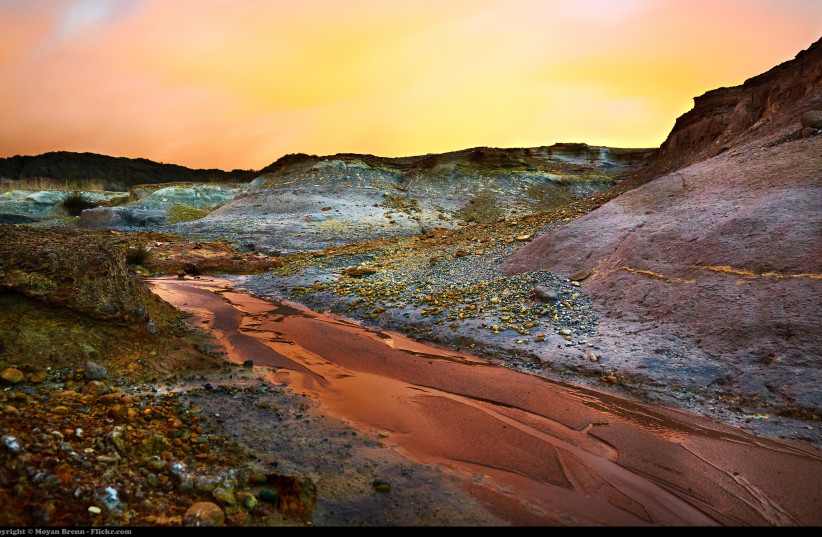New evidence suggests that Mars once was home to an ocean or large sea in its northern hemispheric basin approximately 3 billion years ago.
According to a peer-reviewed study out of Penn State published in Advancing Earth and Space Science, the existing evidence was dubious at best- most of it was based on the assumption that erosion over time was not a significant factor. However, the new research offers strong evidence to indicate that Mars once experienced a sea-level rise consistent with a warm and wet climate, notably distinct from the frozen landscape we see there today.
"Yes, it sounds like a big claim to say we've discovered records of large waterways on Mars, but in reality, this is relatively mundane stratigraphy."
Benjamin Cardenas, assistant professor of geosciences at Penn State
"The big, novel thing that we did in this paper was think about Mars in terms of its stratigraphy and its sedimentary record," said Benjamin Cardenas, assistant professor of geosciences at Penn State and lead author on the study. "On Earth, we chart the history of waterways by looking at sediment that is deposited over time. We call that stratigraphy, the idea that water transports sediment and you can measure the changes on Earth by understanding the way that sediment piles up. That's what we've done here -- but it's Mars."
Data from the Mars Rover

Researchers used data from Curiosity, the Mars rover developed by NASA and launched in 2011. Curiosity landed on Mars in 2012 and has been sending data back to Earth for the last decade.
The data gave scientists new insights into rock formations, like elevation, possible sedimentary flow directions and more. Thus, they were able to glean that certain ridges were likely eroded river deltas - what is left of an ancient Martian shoreline.
"The rocks in Aeolis Dorsa capture some fascinating information about what the ocean was like," Cardenas said. "It was dynamic. The sea level rose significantly. Rocks were being deposited along its basins at a fast rate. There was a lot of change happening here."
Signs of ancient life
On Earth, ancient sedimentary basins like that found in Aeolis Dorsa contain the records of evolving signs of life. Mars' dried up oceans and water sources are a productive place to start in the search for life on the red planet.
"A major goal for the Mars Curiosity rover missions is to look for signs of life," Cardenas explained. "It's always been looking for water, for traces of habitable life. This is the biggest one yet. It's a giant body of water, fed by sediments coming from the highlands, presumably carrying nutrients. If there were tides on ancient Mars, they would have been here, gently bringing in and out water. This is exactly the type of place where ancient Martian life could have evolved."
Cardenas and his team have mapped several distinct areas on Mars that he identifies as ancient waterways, and their research is continuing to come out in new articles and studies as they progress in their work.
"The stratigraphy that we're interpreting here is quite similar to stratigraphy on Earth," Cardenas said. "Yes, it sounds like a big claim to say we've discovered records of large waterways on Mars, but in reality, this is relatively mundane stratigraphy. It's textbook geology once you recognize it for what it is. The interesting part, of course, is it's on Mars."
